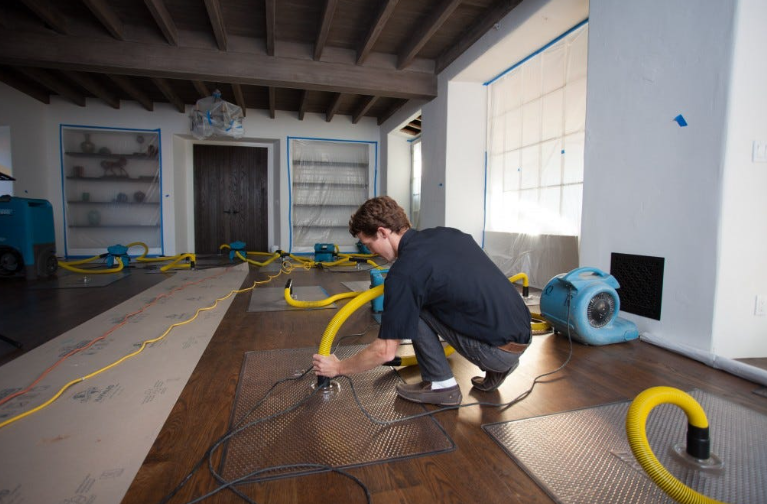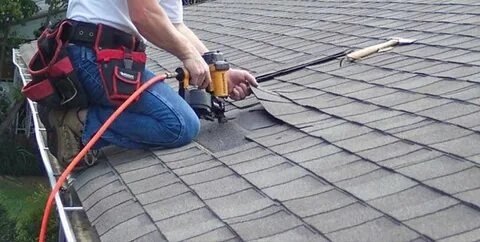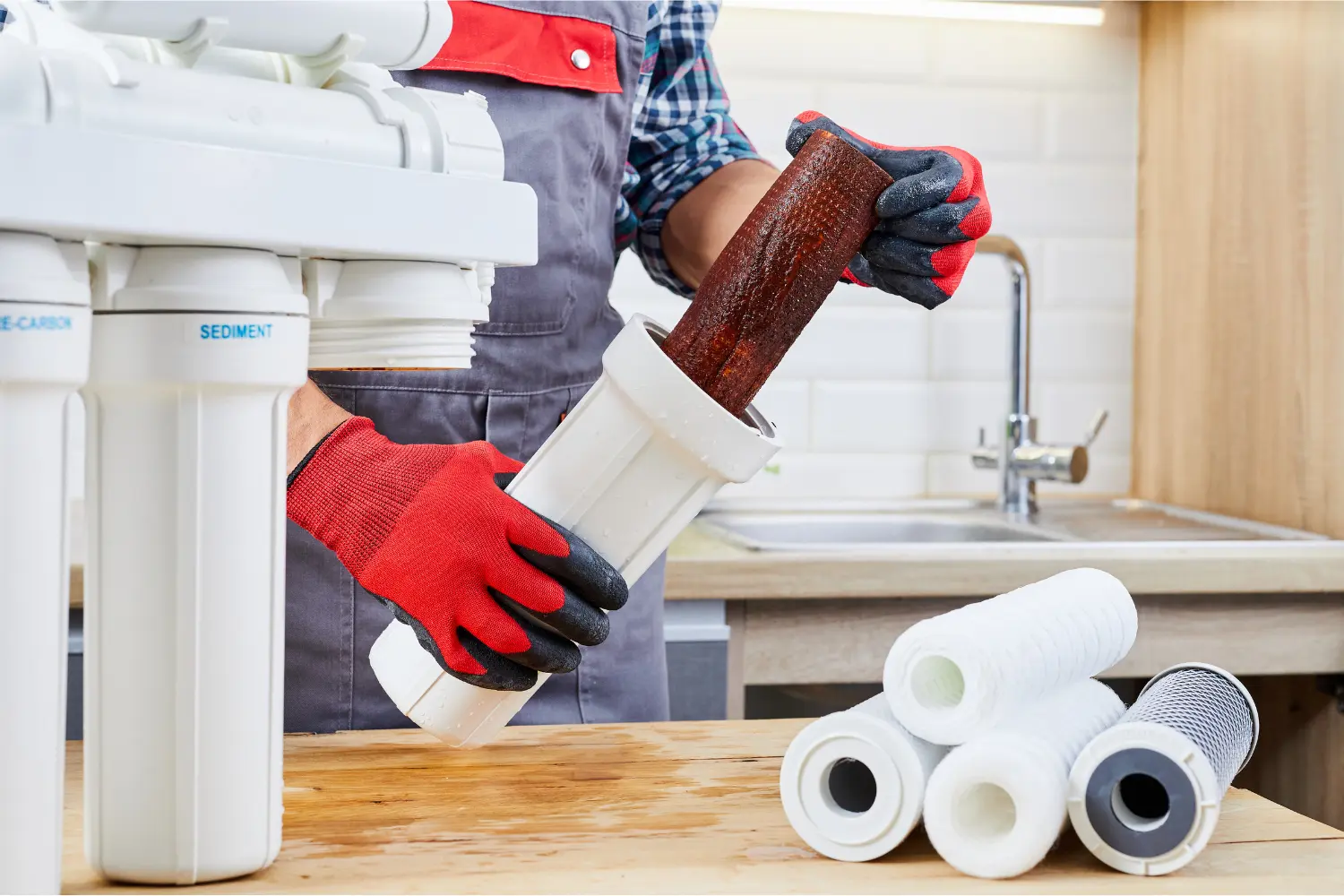When water sneaks into your kitchen, it doesn’t just leave behind puddles—it can ruin cabinets, floors, drywall, and even the structural integrity of your home. Whether it’s from a burst pipe, a dishwasher leak, or a slow drip under the sink, water damage in the kitchen requires fast, focused action.
In this guide, we’ll walk you through everything you need to know about kitchen water damage reconstruction, from recognizing the early signs to saving your cabinets and floors, and when it’s time to call in the pros, like Spartan Water Restoration, for help.
Understanding Kitchen Water Damage
The kitchen is one of the most vulnerable rooms in any home when it comes to water damage. With constant access to water from sinks, dishwashers, refrigerators, and pipes hidden behind the walls or beneath the flooring, it only takes one faulty connection or leak to start a serious problem.
Common Causes of Kitchen Water Damage
- Leaky Sink Pipes: Slow drips often go unnoticed under the sink until mold or cabinet warping becomes visible.
- Faulty Appliances: Dishwashers, ice makers, and garbage disposals can leak due to broken seals or worn-out hoses.
- Overflowing Sinks: Leaving a sink unattended can lead to overflows that damage cabinets and soak hardwood or laminate floors.
- Burst Pipes: Frozen or aging pipes can burst, flooding the kitchen in minutes.
- Roof Leaks: Water may travel from the attic or walls and collect in your kitchen ceiling.
Step-by-Step Kitchen Water Damage Reconstruction
Step 1: Stop the Source of Water
Before anything else, stop the leak. Turn off the water supply to your kitchen or the entire home if needed. Unplug any electrical devices nearby and avoid stepping into standing water, especially if power is still on.
If the leak came from a storm or roof issue, do your best to block incoming water and call a professional immediately.
Step 2: Call in the Pros – Spartan Water Restoration
Kitchen water damage can escalate quickly. Mold starts to grow in as little as 24 to 48 hours, and damage to flooring and cabinets can become irreversible. That’s why it’s smart to bring in certified experts like Spartan Water Restoration right away.
Spartan Water Restoration specializes in fast-response kitchen water damage cleanups and reconstruction. They use industrial-grade equipment to extract water, dehumidify the space, and assess damage to cabinets, subfloors, and walls.
Step 3: Assess the Damage
After water removal, the next step is a thorough inspection:
- Cabinets: Check for warping, swelling, discoloration, or mold growth inside and behind cabinets.
- Floors: Look for soft spots in hardwood or laminate, lifted tiles, and bubbling in vinyl.
- Walls and Baseboards: Are they soft, sagging, or showing mold?
- Subflooring: If water soaked through, the materials underneath may need to be replaced.
Experts like Spartan Water Restoration will use moisture meters, thermal imaging cameras, and manual inspections to locate hidden moisture.
Step 4: Drying and Dehumidification
This is where powerful fans and dehumidifiers come in. Affected areas must be completely dry before reconstruction begins. This step can take several days, depending on how deep the water went.
Spartan Water Restoration’s team ensures that every inch of moisture is removed. They document moisture levels regularly to confirm progress and prevent future issues like mold or rot.
Step 5: Cabinet Restoration or Replacement
Can you save your kitchen cabinets after water damage? That depends on a few factors:
Save Them If:
- The cabinets are solid wood and were dried quickly.
- There is no mold growth or delamination.
- Only the bottom toe-kick was exposed and can be replaced.
Replace Them If:
- They’re made of MDF or particleboard and have swelled or warped.
- Mold is present inside or behind them.
- The cabinets detached from the wall due to structural compromise.
Spartan Water Restoration works with reconstruction contractors who can either restore salvaged cabinetry or replace damaged units with matching designs.
Step 6: Floor Reconstruction
Flooring takes a hit during any kitchen flood. Here’s how the most common materials are affected:
- Laminate Flooring: Usually needs full replacement due to swelling and delamination.
- Hardwood Flooring: Can sometimes be sanded and refinished, depending on how much water it absorbed.
- Vinyl Flooring: May be salvageable if the water didn’t seep underneath.
- Tile Flooring: Usually survives well, but subflooring underneath may need inspection and drying.
In some cases, floorboards must be removed to access water-damaged subfloors or joists. Spartan Water Restoration teams are experienced in working with general contractors to rebuild from the ground up, ensuring your new floor is structurally sound and moisture-free.
Step 7: Repainting and Final Touches
Once the kitchen is dry, safe, and reconstructed, the final step is cosmetic restoration:
- Repainting walls
- Reinstalling baseboards and trims
- Matching cabinet finishes
- Sealing new flooring
These finishing touches make your kitchen feel like home again, often better than before.
Preventing Future Kitchen Water Damage
Now that you’ve been through the reconstruction process, prevention becomes a priority.
Proactive Tips:
- Inspect pipes and fittings regularly under your sink and behind appliances.
- Install water leak detectors under your dishwasher, sink, and fridge.
- Use stainless steel braided hoses for all appliances that use water.
- Make sure your kitchen has proper ventilation to prevent excess humidity.
- Seal grout lines and tile edges in backsplashes and floors to block water seepage.
Why Choose Spartan Water Restoration?
Spartan Water Restoration isn’t just another company with drying fans. They’re certified restoration specialists who understand the urgency and sensitivity of water damage—especially in the kitchen, where families gather and homes function.
Here’s what sets Spartan apart:
- 24/7 Emergency Service
- IICRC-certified professionals
- Advanced moisture detection tools
- Mold remediation experts
- Full-service reconstruction support
- Transparent pricing and insurance coordination
When your cabinets, floors, and peace of mind are on the line, Spartan Water Restoration brings reliability, speed, and expertise you can trust.
Real-Life Scenario: A Kitchen Saved
Case Study: Dishwasher Disaster
Emily, a homeowner in South Carolina, noticed warped floorboards near her dishwasher. Turns out, the appliance had a slow leak for months. By the time she noticed, mold had started spreading behind the baseboards.
Spartan Water Restoration was called in. Within hours, they had removed the dishwasher, dried out the floor, and contained the mold. They replaced part of the subfloor and helped coordinate the installation of new waterproof flooring and cabinet panels.
Total time: 6 days
Total savings: Thousands, compared to a full kitchen remodel.
Conclusion
Kitchen water damage can feel overwhelming—but with fast action and the right support, recovery is not only possible, it can leave your space even better than before. From salvaging cabinets to drying hardwood floors and reconstructing your kitchen’s foundation, each step matters.
If you’re dealing with a leak or flood in your kitchen, don’t wait. Call Spartan Water Restoration for expert help, fast response times, and complete peace of mind.
FAQs: Kitchen Water Damage Reconstruction
Q1: How long does kitchen water damage reconstruction take?
A: It depends on the extent of the damage. Minor repairs can take 2–5 days, while major reconstruction involving subfloors or cabinets may take 1–2 weeks.
Q2: Can I stay in my home during kitchen reconstruction?
A: Yes, in most cases. However, if mold is present or the kitchen is completely unusable, you may need to stay elsewhere temporarily for safety and comfort.
Q3: Will insurance cover kitchen water damage repairs?
A: Most homeowners insurance policies cover sudden and accidental water damage, like burst pipes or appliance failures. Gradual leaks or lack of maintenance may not be covered. Spartan Water Restoration can assist with insurance claims.












Leave a Reply